The hexagon wall tiles collection includes encaustic-effect designs, matte finishes, monochromatic and acoustic options, and vividly colorful mosaic tiles. With so many colors, designs, and finish options in stock at affordable prices, you won’t need to look elsewhere for your dream hexagon tiles for floors and walls in kitchens, bathrooms, and beyond.
Hexagonal tiles, often known as honeycomb tiles, are six-sided tessellating tiles that may provide a geometric touch to any space. In recent years, hexagon wall and floor tiles have been a popular option due to their unusual shape and ability to provide individuality to kitchens, bathrooms, living rooms, and beyond.
However, hexagonal tiles are not only decorative. These six-sided tiles, which are suited for both walls and floors, are very adaptable and can be readily incorporated into any house to create a useful yet aesthetically pleasing solution. Hexagon tiles are intrinsically appealing and will have a substantial impact on the aesthetics of any interior space.
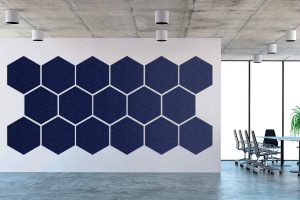
These tiles, which have a classic look and are flexible, are gaining popularity as a result of their ability to complement both simple and extravagant interior design. This one-of-a-kind collection is made of durable porcelain and has polished durability that makes it ideal for heavy-duty applications.
Because these tiles are resistant to stains and filth, you can be certain that they will be able to handle the splashes and spills that are prevalent in kitchens and bathrooms. Because the color is burnt into the body, these hexagonal tiles have a color persistence that keeps them at their best throughout the year, ensuring that your home will always be in style.
hexagon wall tiles
Hexagons can take any 6-sided shape, but the most common is the equilateral hexagon wall tiles, which resemble a honeycomb with six equal sides and 120° angles. The simple, modern shape of a hexagon makes it simple to reproduce in a tile pattern. They create lines that are more fascinating and less harsh than angles of 90 degrees, while nevertheless achieving aesthetic perfection.
Subway Tile and octagon tiles, both of which I used in my Spa Bath, are two more tile shapes that provide instant elegance to a space. With so many tile options, you are certain to find just what you’re looking for. In the early 20th century, hexagonal tiles made a notable reappearance in residential design. The majority of bathroom flooring consisted of one-inch square tiles.
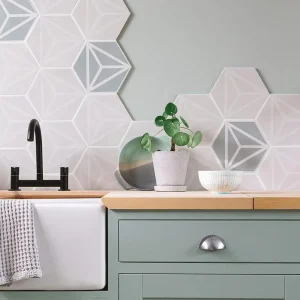
The use of white hexagon tiles gave the sense of a sterile and clean environment. They continue to exude a polished, finished appearance and command attention wherever they are placed. This fundamental geometric pattern is old, yet its lines, angles, and look are timeless. As with every other shape, this tile is available in a variety of materials.
Ceramic, porcelain, and natural stone are the most common building materials. Utilize ceramic and porcelain for surfaces that appear clean and new. Natural stone offers texture and a traditional feel to your design. You will find the ideal one in the material you select for your home. They are available in diameters ranging from one inch to twelve inches.
The mesh backing of the smaller sizes facilitates installation. These make the space feel vibrant and alive. Additionally, they may be utilized as mosaics and borders. Small white hexagonal tiles are the most conventional and economical option.
acoustic wall tiles
Acoustic wall panels and tiles enhance the sound quality of your existing speakers by reducing the number of sound waves reflected from the walls. When properly positioned, even a few panels can be extremely effective. Tiles are the right tool for the job if you’re constructing a home theater, conducting any type of audio recording of music (or perhaps a podcast), or searching for a solution to a noisy office environment.
You can learn more about how acoustic panels function in our companion article, but let’s first examine the issue in greater detail. If you’ve ever heard the difference between inexpensive speakers and even a sound bar or surround sound speaker system with a moderate price tag, you understand how powerful good speakers can be.
It is one of the best audio investments you can make, particularly if you’re designing a home theater. Adding more speakers, however, has an unintended consequence: you must now contend with more soundwaves. If you’ve invested in a system with multiple speakers pointing in different directions, there will be more sound waves than ever before traveling through the air.
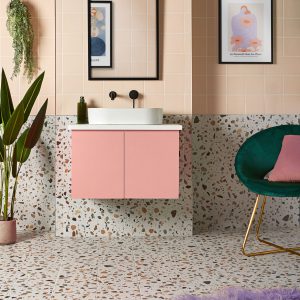
The only problem is that when sound waves cross other sound waves in the air, they are affected and shift. If the sound system is so large that it consumes all of the wall space, don’t be afraid to install acoustic tiles on the ceiling to absorb the bouncing sound waves.
If you’re setting up a recording studio for music or podcasts, you’ll want as much coverage as possible. Similarly, if you’re recording music or dialogue and want a calm environment with no bouncing sounds, you’ll need to start managing and absorbing that sound to enhance the quality of your recording.
terrazzo wall tiles
Terrazzo wall tiles are a composite material made of marble, glass, or stone shards placed in cement or resin and then polished to a mirror-like finish. It developed in Italy thousands of years ago as a way to recycle waste rock and other resources, proving that the Italians were well ahead of their time in developing sustainable materials.
Terrazzo flooring was popular in the 1970s, and it’s making a resurgence in 2020 as a more earthy, tactile continuation of concrete-heavy, industrial design. Terrazzo is now available in a wider variety of colors and designs to complement a wider variety of interiors. Terrazzo has left its mark on home interiors for a number of years, and it’s not going anywhere.
Terrazzo, whether set as tiles or poured directly into place, is a costly material; however, terrazzo-look tiles and wallpapers are available as less-priced alternatives. If you’re not ready to make a long-term commitment to terrazzo, there are many ways to incorporate the design into your home through furniture and home accessories. Here are some suggestions for using terrazzo in your home.
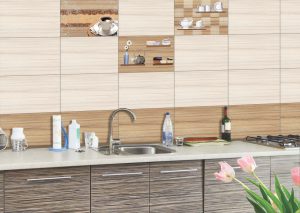
Huge terrazzo tiles provide depth and solidity to the bathroom’s otherwise bland color scheme. Terrazzo is a delicate and soft way to add color and texture to a bedroom, and dusky pinks are the new neutrals in interior design. Try it with an eye-catching piece of furniture, such as a chest of drawers, or for a more minimalist design, choose a side table with a terrazzo surface. The white stone in the kitchen is ageless, but a little speck embedded in the top adds depth and personality.
It is also easier to maintain streak-free. The vastly dissimilar textures of terrazzo and wood complement one another to bring intrigue and depth to a room. Search for pieces that skillfully combine both elements. The rounded edge of the terrazzo tabletop and the strong woodgrain give the warmth that will perform in most living settings.
uneven wall tiles
Coating an uneven wall with tiles is substantial. There are two primary causes for uneven walls. Either the wall has sagged with time, or its surface is not completely flat. In either situation, the optimal solution is to remove the boards, then re-board and re-skim the walls to create a smooth working surface.
Ensure that the plasterer is aware of your end objectives so that the surface may be as level as possible. You may use adhesive cement to patch holes and small faults in the plaster. This is effective for dents and holes as deep as 0.5 millimeters. Mix a small amount and work quickly, as it may harden before you can use it if you are too slow. After the cement has completely dried, sand it to a uniform finish.
If you need to place tiles over an uneven floor, it is preferable to first apply self-leveling chemicals. These substances are effective in filling floor depressions and require just gravity and time to operate. These chemicals are accessible at any big home improvement store and are widely used for underfloor heating preparation.
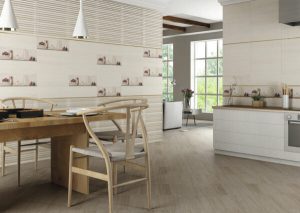
Purchase sufficient self-leveling compound to cover the whole room’s floor. Attempting to level isolated areas will result in depressions where different surface types overlap. The majority of compounds harden within hours and may be tiled over within days. If everything fails, you may employ the tiler’s renowned “back buttering” technique.
This is the method of applying thick mortar to the back of some tiles and thin mortar to the back of others and then filling in the gaps with the mortar itself. To get a perfectly level surface, place a board over the tiles while the cement is still wet and tap them gently into position.
cement
Here we will discuss the various types of cement used for installing floor and wall tiles. Ordinary Portland cement (OPC) grade 43 is appropriate for modest residential structures, whereas OPC grade 53 is optimal for high-rise structures. As cement is available in a range of grades and compositions, this article discusses the best cement for tile settings.
Portland cement was the first cement ever discovered. There are around 10 different varieties of cement based on their composition, however, this article will focus on the five most important types used in civil construction. Ordinary Portland cement (OPC grades 33,43, and 53), Portland slag cement (PSC), and Portland pozzolana cement (PPC) are the three types of cement used for attaching floor tiles; nevertheless, OPC or PPC is the superior cement for fixing floor tiles.
Ordinary Portland cement (OPC): There are three grades of ordinary Portland cement: 33, 43, and 53. The cement of grade 33 OPC is outdated and is no longer made; grades 43 and 53 are now manufactured and employed in civil construction projects.
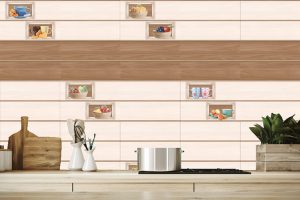
Portland slag cement (PSC): This form of cement is utilized in coastal regions where there is a greater risk of chloride, sulfate, and salt attack. It is also utilized in sewage treatment facilities, water treatment plants, and sewage disposal. Portland slag cement is not suited for tile installation but may be used for all sorts of work in coastal locations.
White cement: White cement is employed and produced in a more complex manner than standard Portland cement. It is used for architectural and decorative purposes, as well as for filling the spaces between wall tiles, floor tiles, bathroom tiles, and kitchen tiles.
zinc wall tiles
In a Collection of Large Format Photographs, a magnificent and dramatic effect can be achieved with Metal Style zinc wall tiles in any area, and these tiles are available in a number of sizes. Invest in these extra-large size tiles to give your home or place of business the “Eye-catching Factor,” and you won’t have to worry about blending in with the other buildings in the neighborhood.
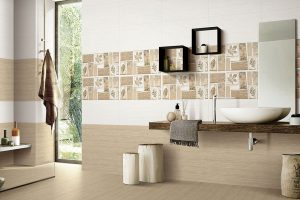
It may be installed on walls as well as floors, and it is available in a broad variety of sizes and finishes, ranging from an on-trend hexagonal shape to a massive 120 x 260 cm format, among other configurations. Because of the construction of a roof expansion that was coated with zinc, the top level of the home was able to accommodate an extra bedroom in addition to a private bathroom with a shower.
It is possible for a lot of natural light to penetrate the interior spaces of the building thanks to the tall glass doors and huge windows that are encased in wood. These features also provide sight lines between the interior spaces of the structure and the exterior spaces. Visit our website to find the best ideas about your home tiling designs.
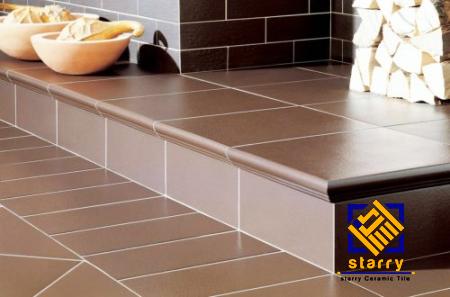
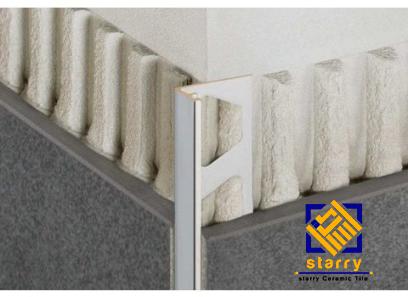
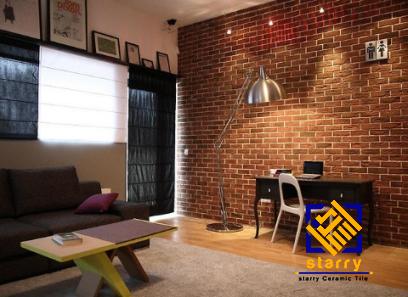
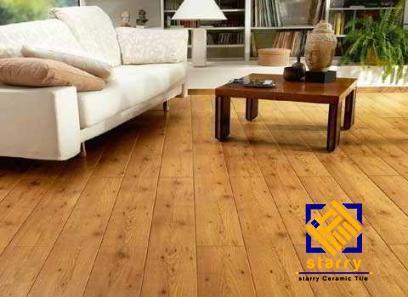
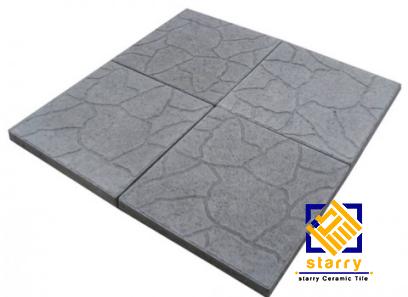
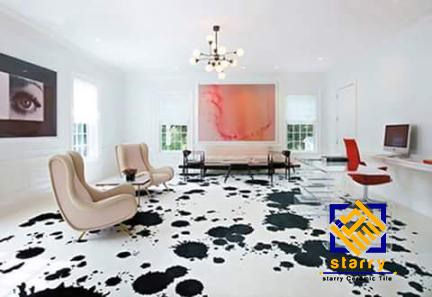
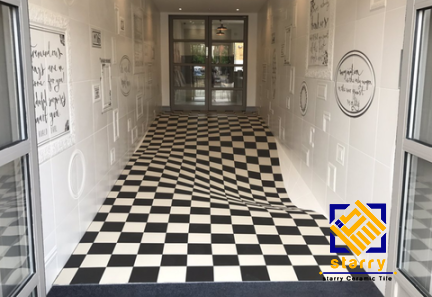
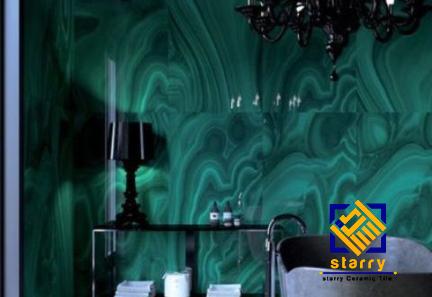
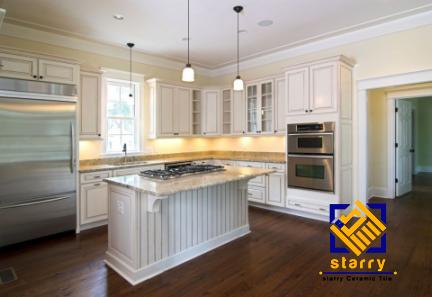
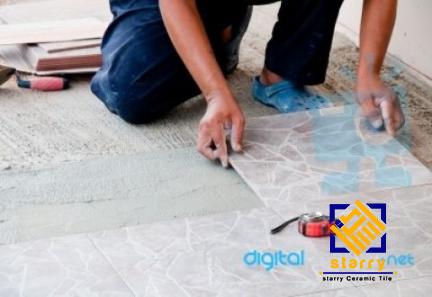
Your comment submitted.